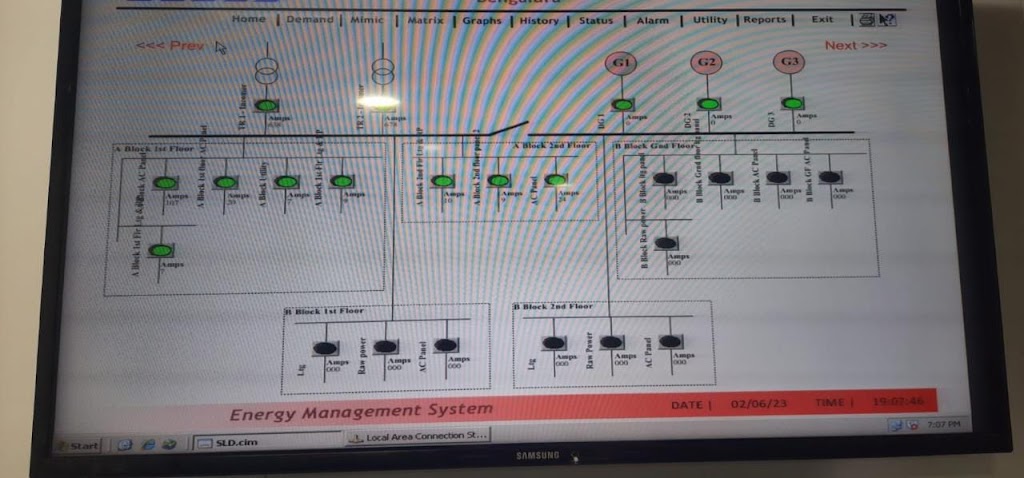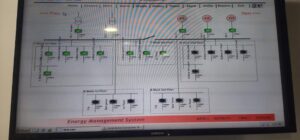
SCADA (Supervisory Control and Data Acquisition) systems are widely used in HT/LT (High Tension/Low Tension) distribution systems to monitor, control, and manage various aspects of the power distribution process.
These systems provide real-time data acquisition, visualization, and control capabilities, enabling efficient and reliable operation of the distribution network. Here are some of the most common SCADA applications in HT/LT distribution systems that you should know:
Remote Monitoring and Control
SCADA systems allow remote monitoring and control of various devices and equipment in the distribution network. This includes transformers, switchgear, circuit breakers, reclosers, capacitors, and other critical components. Operators can monitor parameters such as voltage levels, current flow, power factor, and equipment status. They can also remotely control devices to perform operations such as switching, load balancing, and fault isolation.
Fault Detection and Alarm Management
SCADA systems continuously monitor the distribution network for faults, including short circuits, overloads, and equipment failures. When a fault occurs, the system detects it and triggers alarms or notifications to the operators. This enables quick identification and localization of faults, allowing prompt response and restoration actions to be taken.
Load Management and Demand Response
SCADA systems play a vital role in load management and demand response strategies. They provide real-time data on load demand, energy consumption, and system capacity. Operators can monitor the load profile and make informed decisions to optimize load distribution, prevent overloads, and implement demand response measures during peak demand periods.
Voltage and Power Factor Control
SCADA systems help in maintaining stable voltage levels and power factor in the distribution network. By monitoring voltage at different points and analyzing power factor data, operators can identify areas with low or high voltage conditions, voltage imbalances, or poor power factor. They can then take corrective actions such as adjusting tap settings on transformers, controlling capacitor banks, or implementing voltage regulation strategies to optimize power quality.
Energy Metering and Billing
SCADA systems integrate with energy meters to gather accurate consumption data from various points in the distribution network. This data is used for energy accounting, billing, and revenue management purposes. SCADA systems can generate reports and provide insights into energy consumption patterns, peak demand periods, and load profiles, enabling utilities to optimize their billing and tariff structures.
Network Visualization and GIS Integration
SCADA systems offer visual representations of the distribution network, including maps, diagrams, and one-line displays. This helps operators gain a comprehensive overview of the network and its components. Integration with Geographic Information Systems (GIS) allows operators to view the network layout on geographical maps, making it easier to locate and identify assets, plan new installations, and analyze network performance based on geographic information.
Event and Alarm Logging
SCADA systems maintain a comprehensive log of events, alarms, and operator actions. This historical data helps in analyzing network performance, identifying recurring issues, and optimizing maintenance activities. It also assists in compliance reporting, auditing, and troubleshooting activities.
SCADA-EMS/DMS Integration
SCADA systems can be integrated with Energy Management Systems (EMS) or Distribution Management Systems (DMS) to enable advanced functionalities. This integration allows for enhanced network analysis, load forecasting, fault management, and optimal distribution planning. The combined capabilities of SCADA-EMS/DMS systems provide utilities with advanced tools to operate and optimize their distribution networks efficiently.
In conclusion, SCADA systems have become an integral part of HT/LT distribution systems, offering a wide range of applications to improve network reliability, efficiency, and control. From remote monitoring and control to fault detection, load management, and energy metering, SCADA systems enable utilities to make informed decisions, respond to events promptly, and optimize the performance of their distribution networks.
